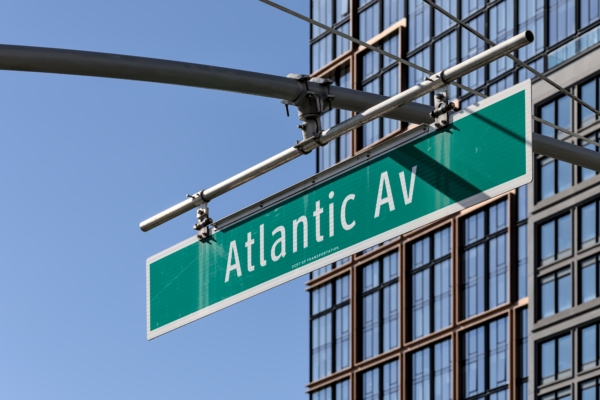On May 28th, the New York City Council officially approved the “Atlantic Avenue Mixed-Use Plan” in Brooklyn. This project involves rezoning land along Atlantic Ave, which currently consists of warehouses and auto repair shops in 21 blocks, to transform it into a mixed-use community. The plan includes the construction of approximately 4,600 housing units, with 1,900 designated as affordable housing units. This initiative marks a significant step by the city government to promote large-scale community redevelopment and address housing crises.
The “Atlantic Avenue Mixed-Use Plan” (AAMUP) has been in the works for years and covers the Crown Heights and Bedford-Stuyvesant areas. Previously, these areas only allowed light industrial use, resulting in a lack of residential supply despite their proximity to public transportation and employment centers.
Dan Garodnick, the Director of the New York City Department of City Planning, stated that the outdated zoning regulations have hindered development in the area. Despite its access to public transportation and job opportunities, the region struggled to introduce residential supply. This plan is expected to bring profound changes to the community by unlocking its potential.
Approximately 40% of the new housing units will be designated as affordable housing. This includes 1,000 units designed for families with an income around 60% of the area’s median, equivalent to a family of four with a yearly income of about $97,200. Additionally, there will be 900 units primarily for families earning below 50% of the area’s median income, corresponding to a family of four with an income of around $81,000 annually.
In addition to residential construction, the redevelopment project is estimated to promote the development of around 800,000 square feet of commercial and light industrial space, creating approximately 2,800 long-term job opportunities. As part of the package, the city has committed $235 million to improving traffic safety, renovating six parks and playgrounds, and enhancing tenant legal services resources provided by local city council offices.
The project received support from local councilors Crystal Hudson and Chi Ossé, both belonging to progressive factions, who expressed their support for moderate housing development to alleviate the rental pressure. Ossé stated in a social media video on Wednesday, “Landlords benefit from housing shortages because it allows them to increase rents. Those opposing new housing construction are essentially serving the interests of landlords.”
As per the redevelopment plan, buildings along Atlantic Avenue will be allowed to construct residential towers ranging from 14 to 15 stories, similar to areas in Manhattan like Chelsea or Tribeca. The ground floors will be opened for commercial or office use. Furthermore, the historic building currently serving as a homeless shelter within the redevelopment area, the Bedford Atlantic Armory, will also benefit from more flexible redevelopment conditions due to complying with the new zoning regulations.
The release of the “Community Planning Framework” by the City Council on the 28th is a crucial policy background for the approval of this redevelopment project. Led by City Council Speaker Adrienne Adams, the framework aims to encourage earlier and more diverse community engagement to enhance transparency and support for the redevelopment projects. According to a city council press release, over 11,000 new housing units have been approved through redevelopment plans formulated under this framework.
The housing development along Atlantic Avenue is one of the four major community redevelopment plans that Adams has pushed forward this year, including Midtown South in Manhattan, Jamaica in Queens, and Long Island City. The three cases are expected to be reviewed by the City Council in the summer, fall, and before the year ends, collectively releasing approximately 40,000 new housing units.
Despite not adopting the newly established high-density housing zones under the “City of Yes for Housing Opportunity” in this Atlantic Avenue redevelopment project, Director of the New York City Department of City Planning, Dan Garodnick, noted that the current situation and the characteristics of the neighboring low-density residential areas require consideration of regional balance. Hence, a mixed-use and density-tiered design approach has been taken.

